Visiting the Deep Past

Finally, I have managed to shrug off the strangeness. I have found a level of ease with everything from starting a new painting to driving a different car. Yesterday I explored outside my circle of familiarity, traveling to a village about 10 km away to see a storied chapel, and really, to visit another time altogether. We drove on looping rhythmical roads over gentle hills, surrounded by nothing but agriculture.

Lachapelle was the destination, with only about 100 inhabitants. Its centerpiece is a thousand year old chateau Templar. Beside it sits a tiny Baroque chapel built in the 18th century, inspired by an Italian opera house. Its sponsor hired an ébaniste who spent many years creating the tiny church adorned with panels and pilasters, gilded and faux marbled.

There were large panels depicting scenes from the Bible and an enormous lecturn with carved eagles to hold the huge communal hymnal.

There was a guide who spoke only French, so I struggled to understand the complicated history of this jewel-like chapel. Women and children were seated on the ground floor in those days, and there were diminutive provincial rush-seat chairs that converted to kneelers for each of them. Some had initials from the original supplicants written with brass nail heads.

Men stood in the balcony. There was a stark difference between the high style of the chapel itself, and the beamed and rustic balconies in the rear.

Our visit was initiated by friends of Moulin à Nef, who live nearby. They are also friends of the current maître of the chateau. He appeared in the church during our visit, and invited us to see the oldest part of his chateau.
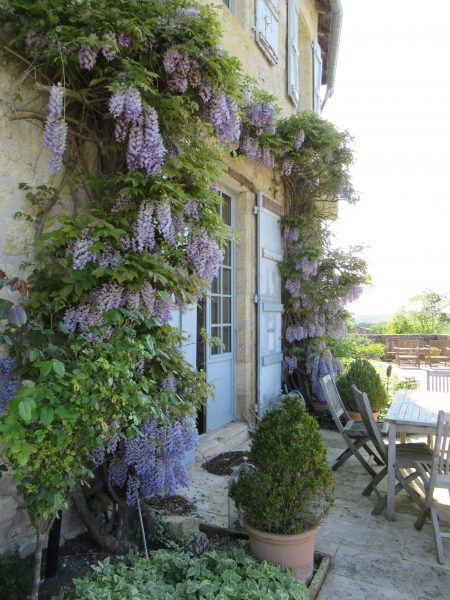
The word “chateau” is French for “castle” and in most cases, in ancient times, that meant a fortified position on top of a hill where one could be protected from invasion. Vincent’s chateau surveys all the countryside for miles around. Because the land below is so valuable for agriculture, there are no intrusions from commerce or infrastructure. Just curving roads among hundreds of fields in cultivation, a few old trees, some tile roofed farm structures, and the sky. The one utility line is strung between weathered and knotted grey tree trunk poles with no particular attempt at uniformity.

It was a fine spring day and the village was spangled with blooming roses, irises and wisteria. The magic of it all was feeling as though we were having the same experience one might have had in that same place a thousand years ago.
The chateau’s owner, a retired pilot, explained to us that he’d persuaded his wife to allow him to chip away at an area of the wall in the entrance hall because he thought there might be something interesting in back of it. He, in fact, uncovered a thousand year old massive fireplace. He opened up another wall and discovered a kind of ancient sink where vegetables might have been washed— a stone basin that drained through a hole in the wall to the outside.
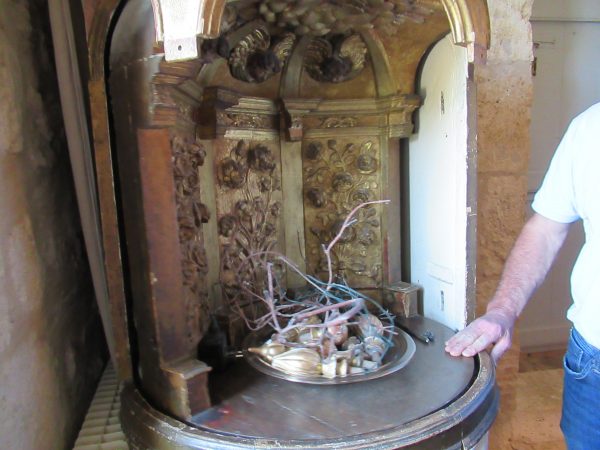
He showed us a favorite antique find— an elaborate turntable he’d found in Brittany, asking us what we thought it might have been intended for. Elaborate and polychromed, there was a group of cherubs carved into its ceiling. He explained that it had been installed in the outer wall of a convent, with a bell alongside it. If a woman gave birth to a child out of wedlock the penalty would have been death. It was designed so a woman might have rung the bell, placed the infant inside under the watchful eyes of the carved and painted cherubs, and then turned it, delivering her baby to the nuns within, the woman being neither seen nor recognized.

We ended our day on the terrace of our friends’ remodeled farmhouse. A large and rambling structure, their home was built long ago to fit its environment and serve practical purposes. It is now the warm place where they gather friends and family together. Besides the excellent company, amazing food, the view of miles and miles of farmland, and a stunning sunset, I was most captivated by the exposed ages-old beams and their irregular and quirky arrangement.

They were like large abstract sculptures coming out of the ceiling. When gaps developed, someone hundreds of years ago had created a patch to reconnect the beam to its load.

It reminded me, exactly, of the ways Charles had patched the beams in my own barn. It seems as though a carpenter’s practical wisdom is timeless and universal, passed in some mute fashion across continents, from century to century.







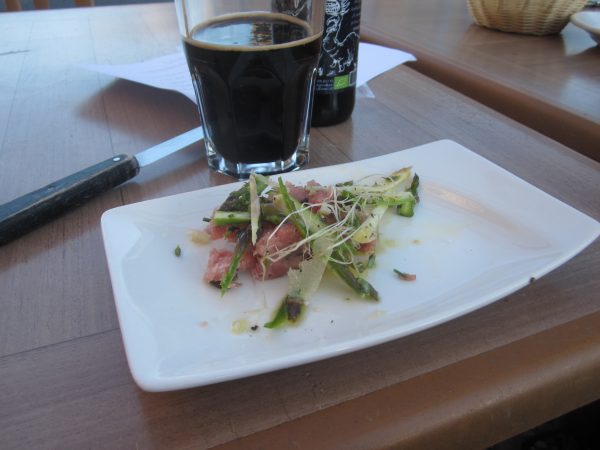 Thursday nights in this little French village, the old hotel that clings to a precipice overlooking everything else plays host to a tiny organic market in the lobby. A couple of farmers sell their home grown carrots, cauliflowers, mushrooms and homemade breads. It’s on the honor system and you do the math. Meanwhile, on the terrace the hotel conducts tapas night with local wines.
Thursday nights in this little French village, the old hotel that clings to a precipice overlooking everything else plays host to a tiny organic market in the lobby. A couple of farmers sell their home grown carrots, cauliflowers, mushrooms and homemade breads. It’s on the honor system and you do the math. Meanwhile, on the terrace the hotel conducts tapas night with local wines.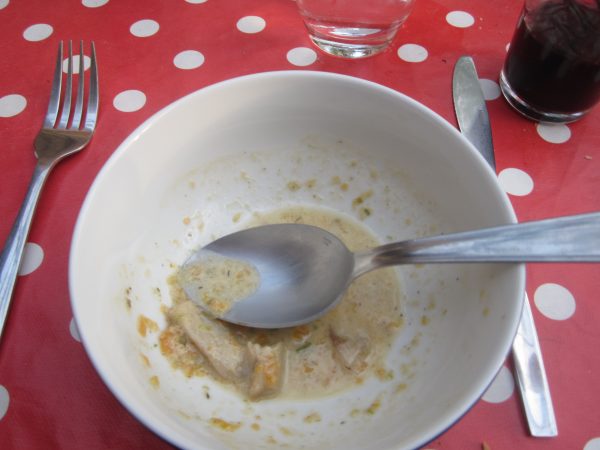
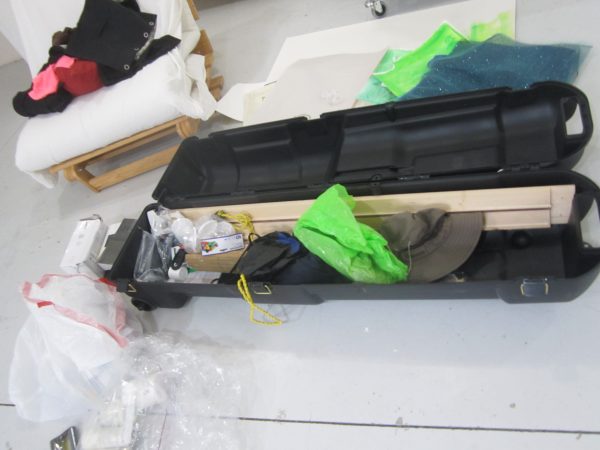

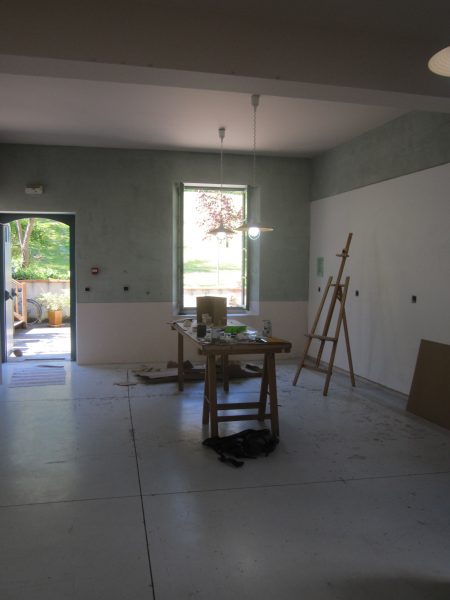


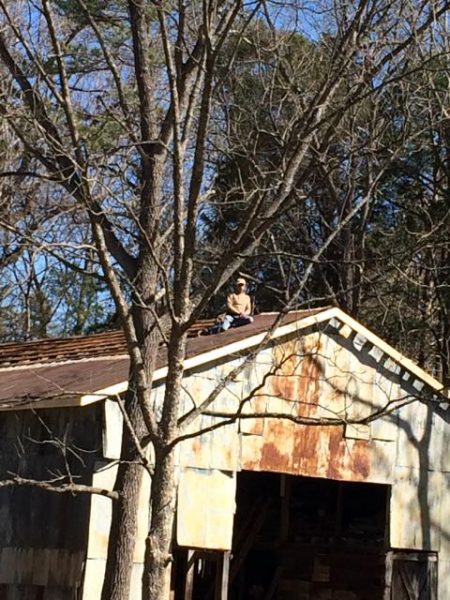 It is time to turn my attention to my 1949 barn or watch it crumble to dust. I’m starting with a new roof. The last one was installed 67 years ago. It doesn’t leak yet, but, it soon will, and I have an itch to set things right.
It is time to turn my attention to my 1949 barn or watch it crumble to dust. I’m starting with a new roof. The last one was installed 67 years ago. It doesn’t leak yet, but, it soon will, and I have an itch to set things right.
 I’m just back from a few nights around a campfire with great friends. We were on a late winter island getaway. One remarkable moment after another— so many I tried to make a list. When I read it out loud it sounded like a poem. “sea grass, dunes, sugar sand, wet sugar sand, sea”.
I’m just back from a few nights around a campfire with great friends. We were on a late winter island getaway. One remarkable moment after another— so many I tried to make a list. When I read it out loud it sounded like a poem. “sea grass, dunes, sugar sand, wet sugar sand, sea”.



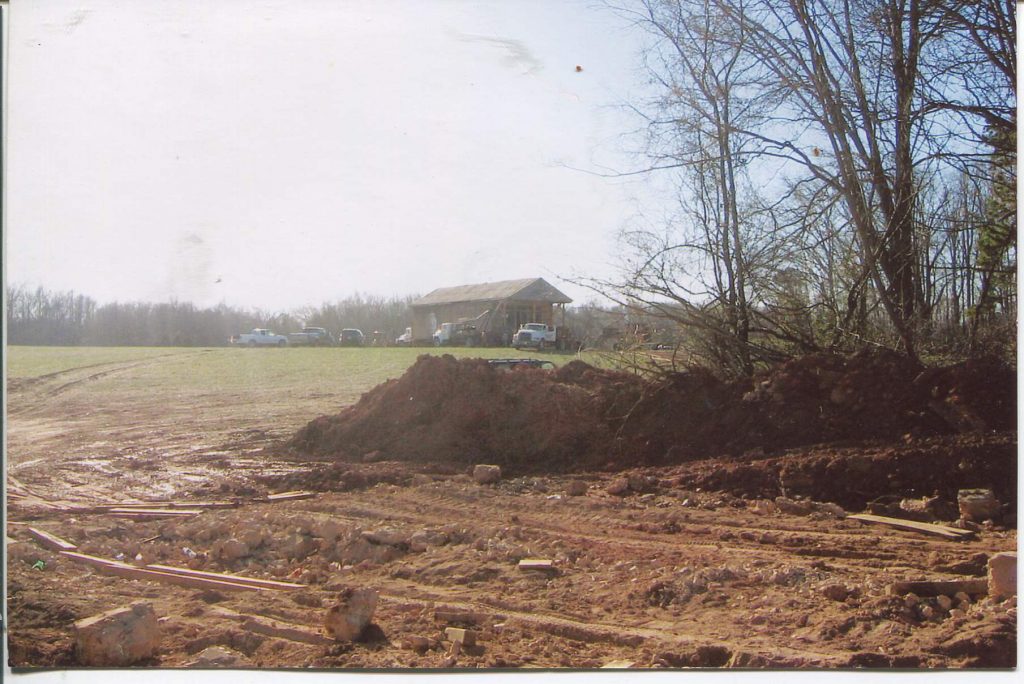










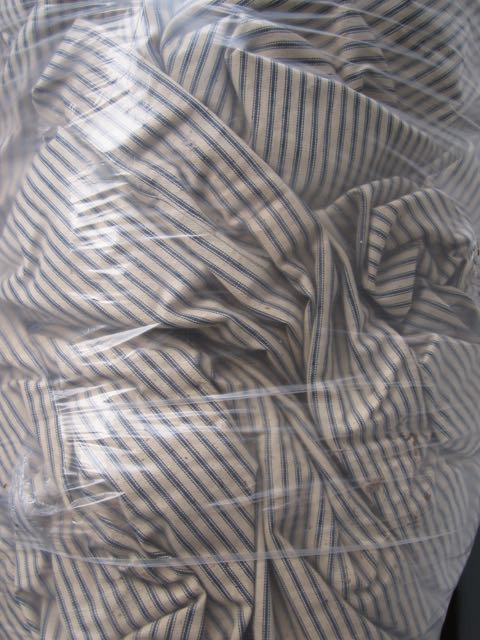
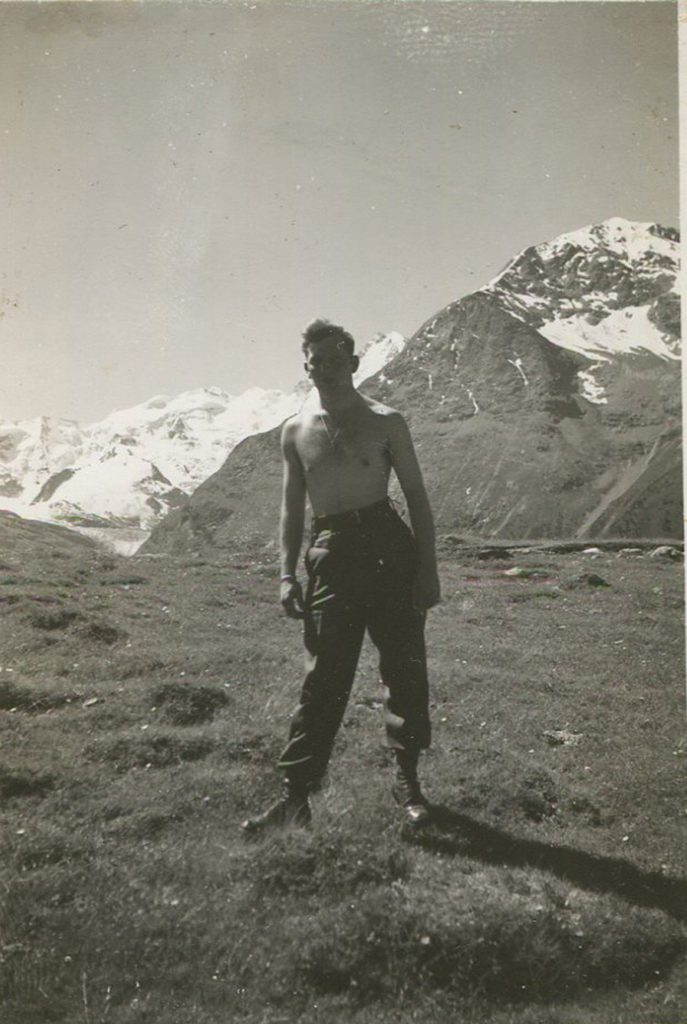
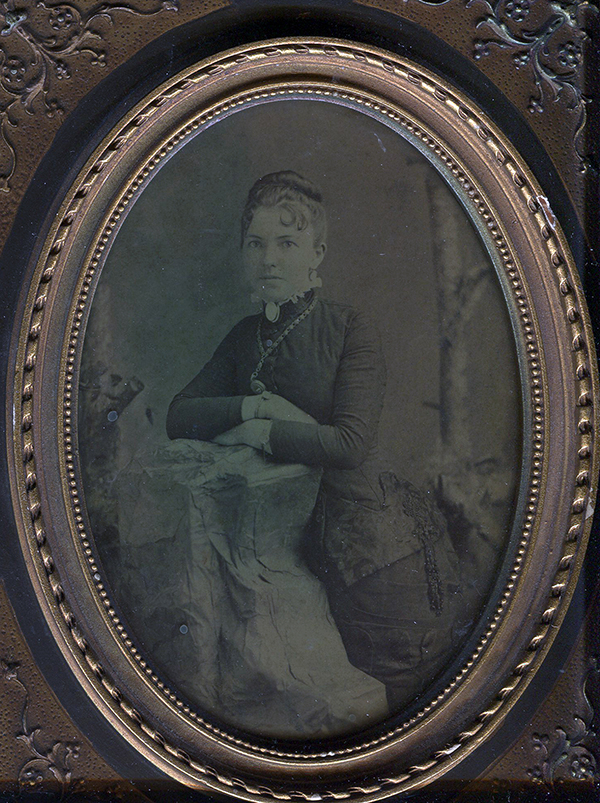
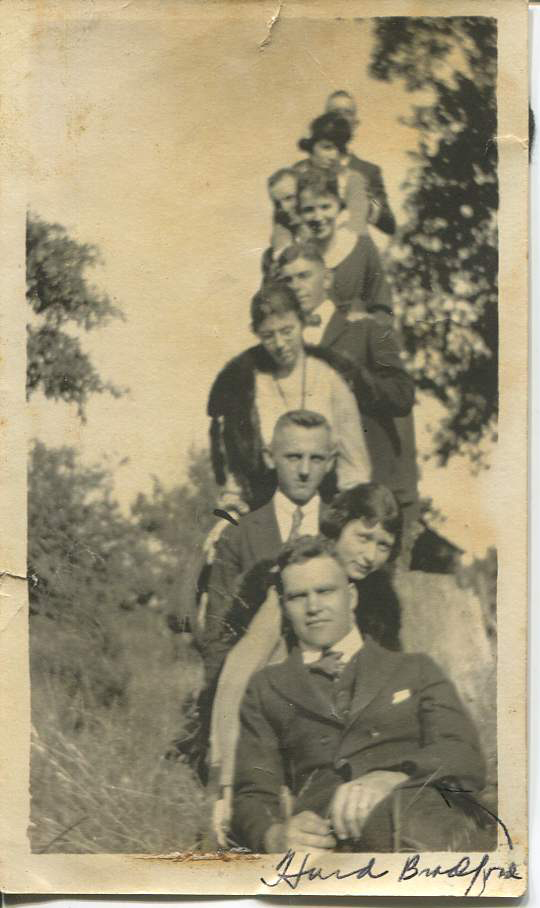


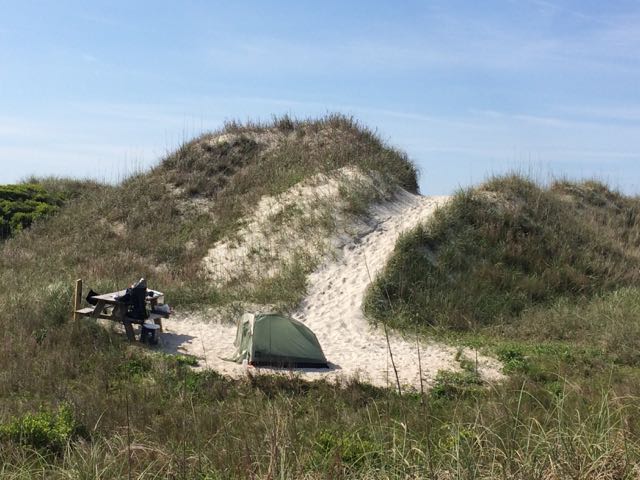
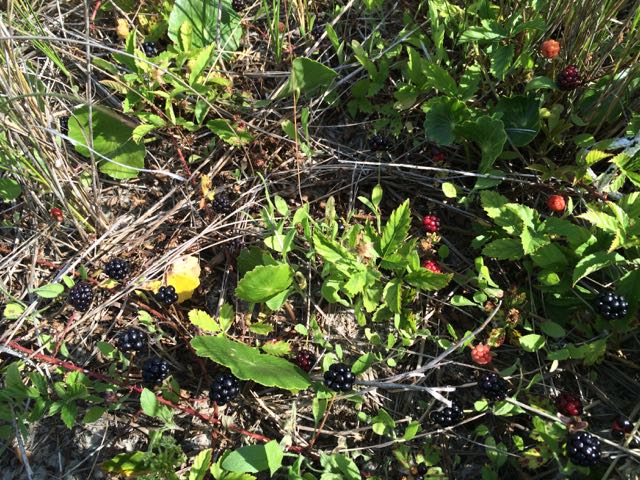


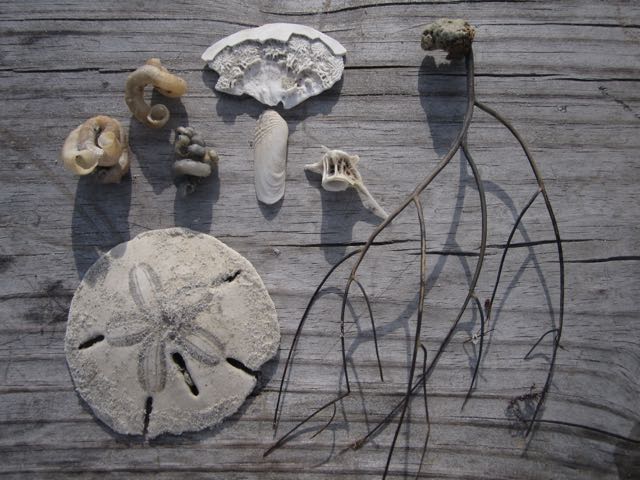
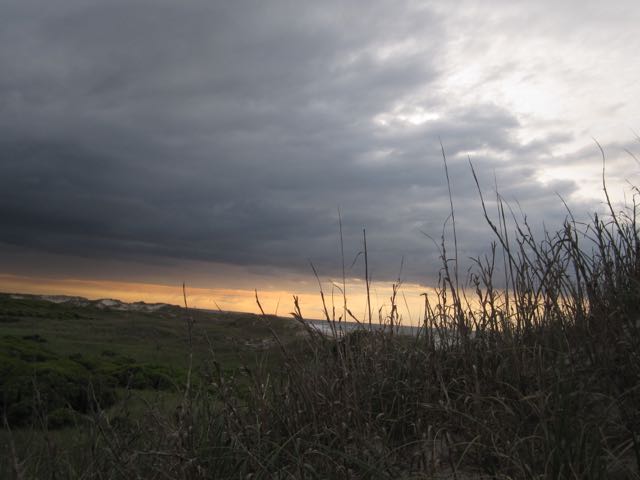

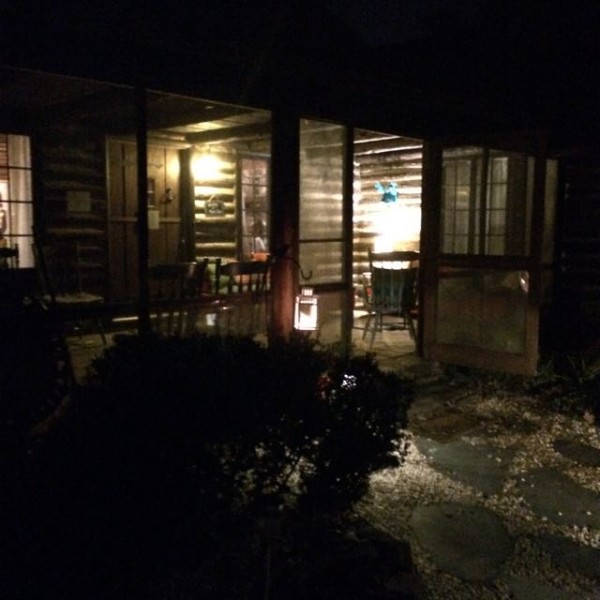

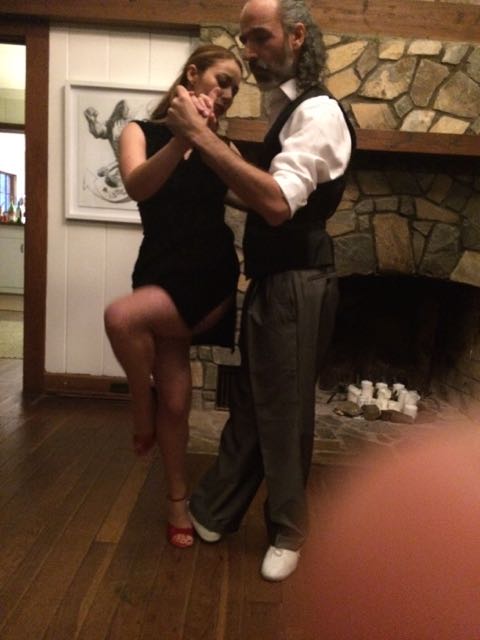
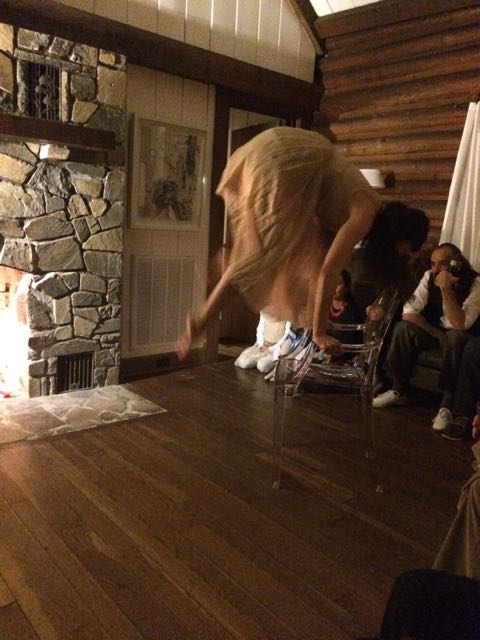
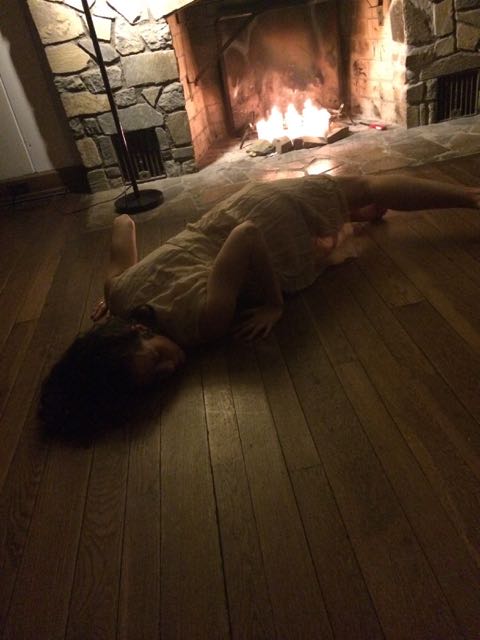
Recent Comments